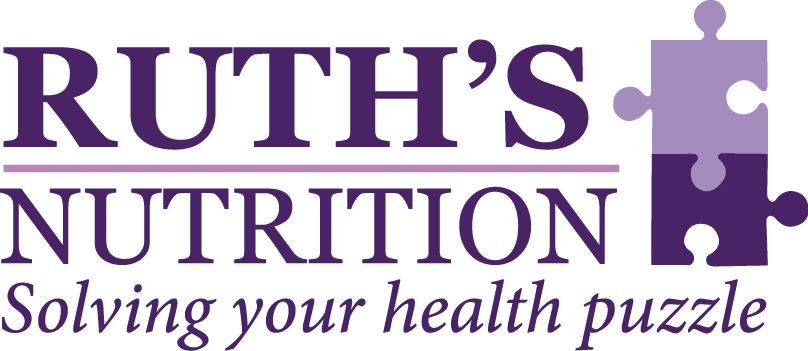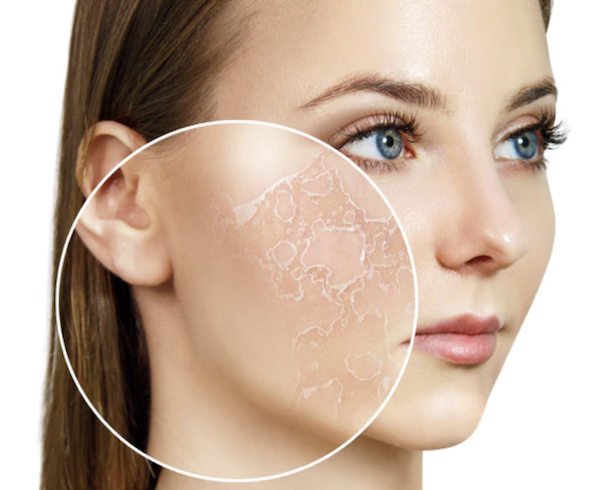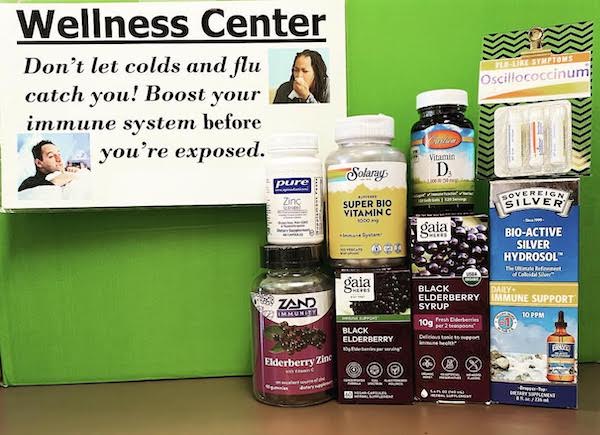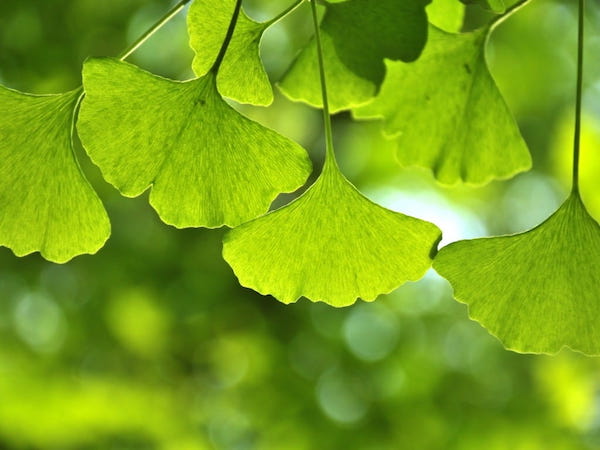Candida overgrowth has multiple causes and treatments

Humans have been battling yeast infections for centuries. Hippocrates, the Father of Medicine, cited symptoms and treatments for fungus in 377 C.E. The most common yeast, Candida albicans, has become the fourth-most overall infectious agent in US hospitals, but most of us encounter Candida in our everyday lives.
All of us have small amounts of this yeast in our mouths, intestines, and on our skin. When we are healthy, beneficial bacteria keep Candida numbers in check, but if something causes a bacterial imbalance, Candida can take off and create havoc.
Causes of Candida overgrowth
Sadly, Candida overgrowth is fairly common because so many everyday occurrences can inhibit the growth of beneficial bacteria. Some of them are:
Taking antibiotics, especially for long periods of time
Eating a diet high in sugar and refined carbs
High alcohol intake
A weakened immune system
Oral contraceptives
Diabetes
High stress levels
Symptoms of Candida overgrowth
Common manifestations of uncontrolled Candida are many. You probably have experienced some of them.
Oral thrush – People with oral candidiasis typically get white, bumpy patches on their tongue, inner cheeks, gums, tonsils, or throat. The lesions can be painful.
Skin and nail infections – Skin candidiasis usually affects areas that are warm and damp – armpits, groin, feet, and under breasts. Itching and a visible rash often is present.
Recurring genital infections – Candida is normally found in about 20% of females, but an overgrowth can cause a yeast infection. An estimated 1.4 million people visit a doctor for a vaginal yeast infection each year. Symptoms include redness, swelling, itching, and discharge. Occasionally, though not often, candidiasis can also cause a urinary tract infection.
Digestive issues – A healthy gut depends on a balance of beneficial bacteria along with the “bad.” When Candida overproliferates in the gut you can experience constipation, diarrhea, nausea, gas, bloating, and cramps. Studies show an association of Candida overgrowth with ulcerative colitis and Crohn’s disease.
Fatigue – One of the most common symptoms associated with Candida run amok is fatigue. While Candida has not been found to directly cause fatigue, candidiasis is often accompanied by nutrient deficiencies, such as vitamin B6, essential fatty acids, and magnesium. Also, candidiasis often occurs when the immune system is weakened, and that in itself can cause fatigue.
Treatment for Candida overgrowth
Treating candidiasis can sometimes be tricky. While powerful antifungal medications exist, many have unpleasant side effects. You may want to try antifungal herbs or supplements first. That’s something you should discuss with your doctor.
Whatever antifungal you try, be aware that Candida can develop biofilms that resist antifungal mechanisms. If your infection does not respond to whatever antifungal agent you are using, try adding a biofilm disruptor to your regimen (see below). Doctors also recommend that if you are using herbals, taking two or three at any one time increases the effectiveness.
Caprylic Acid – Studies show caprylic acid’s antifungal activity is similar to that of medications. It works by interfering with the cell walls of the yeast, effectively killing it.
Oregano Leaf Extract – Numerous studies prove oregano’s potent antifungal effects, showing it inhibits the growth of Candida albicans and prevents it from returning. Oregano also contains compounds that help break down biofilms.
Berberine Extract – Found in barberry, Oregon grape, and goldenseal, berberine is a powerful antimicrobial. Studies show berberine has potent antifungal activity against Candida, including antifungal-resistant strains.
Garlic Extract – The “stinking rose” has been considered a medicine since ancient times. Modern studies show garlic has the power to halt the growth and spread of Candida.
Olive Leaf Extract – Research shows that oleuropein, derived from olive leaf, is a potent antimicrobial, antifungal, antioxidant, and anti-inflammatory. Studies show it inhibits the growth of Candida.
Biofilm Disruptors – Garlic and berberine act both directly on Candida and disrupt biofilms. N-Acetyl Cysteine (NAC) breaks down mucus and biofilms. Nattokinase breaks down fibrin, part of the matrix of some biofilms. In addition, there are commercial products designed specifically to disrupt biofilms. Klaire Labs’ InterFase Plus or Kirkman’s Biofilm Defense can be ordered at Ruth’s.
REFERENCES



